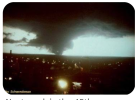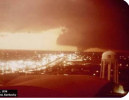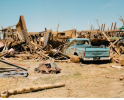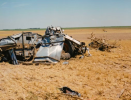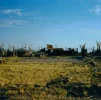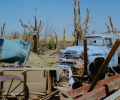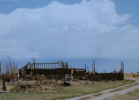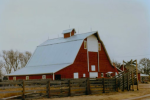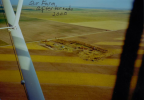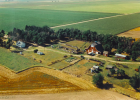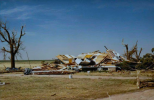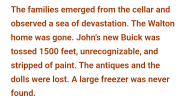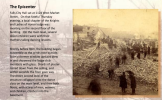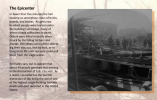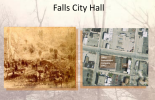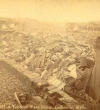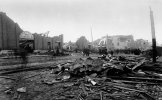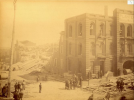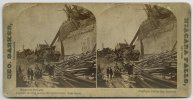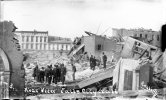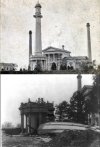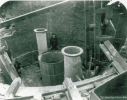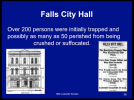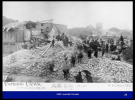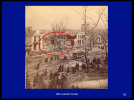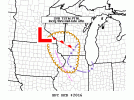Being from this area, it thankfully skirted and missed downtown Richmond and hugged to the western parts of Madison County, which were at the time pretty rural. It’s a pretty decently sized college town, so damage potential would’ve been very high had it tracked through it. A student got some wicked photos of it from the top of a dormitory as it moved away from the city.Richmond, KY F4
4/3/74
Photos taken from the EKU photos archive, honestly not much (comparatively to some other 4/3 tornadoes) out there on this one outside of some Facebook posts and images of the tornado itself, at least from what I could find, definitely violent however View attachment 45664View attachment 45665View attachment 45666View attachment 45667View attachment 45668View attachment 45669View attachment 45670
The parent storm actually originated a little northwest of Nashville and dropped the Mannsville F4 as well.
